Carmel Almond Tree
- September 20, 2023
- 0 comment
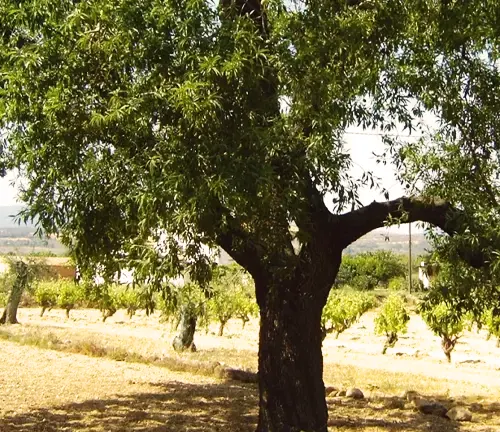
The Carmel Almond Tree, or Prunus dulcis ‘Carmel’, serves as a profound symbol of both natural elegance and tenacity. Originating in the sun-soaked Mediterranean region, it has captivated admirers for generations with its stunning visual appeal. During the springtime, this tree adorns its branches with an awe-inspiring spectacle of pink or white blossoms, filling the air with a sweet fragrance. This visual and olfactory feast attracts not only the human eye but also vital pollinators like bees, enhancing biodiversity in the ecosystem.
What makes the Carmel Almond Tree truly remarkable is its capacity to thrive in diverse environmental conditions. Cultivating Carmel Almond Trees requires well-drained soil and an abundance of sunlight, rewarding the dedicated gardener or farmer with a consistent and bountiful nut harvest. Beyond their culinary appeal, Carmel Almond Trees offer an immersive sensory experience, filling the air with their sweet fragrance as they burst into bloom during the spring, creating a picturesque landscape.
One of the most enchanting aspects of the Carmel Almond Tree is its ability to symbolize both beauty and resilience. Springtime brings forth a breathtaking spectacle as the tree adorns itself with an abundance of pink or white blossoms. These delicate and fragrant flowers not only appeal to the human senses but also serve as a beacon for pollinators like bees, contributing to the intricate web of biodiversity. Whether against the backdrop of a Mediterranean landscape or the challenging conditions of semi-arid regions, the Carmel Almond Tree thrives.
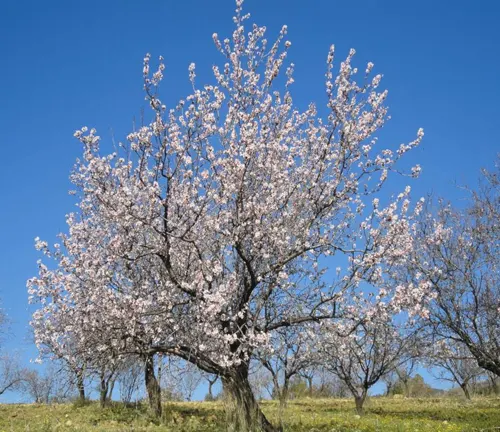
Its adaptability and tenacity make it a favorite among orchardists, horticulturists, and garden enthusiasts, showcasing the harmonious coexistence of nature’s beauty and strength.
| Characteristics | Description |
| Scientific Name | Prunus dulcis ‘Carmel’ |
| Family | Rosaceae (Rose family) |
| Height | 15 to 20 feet |
| Type | Deciduous |
| Flower Color | Pink or White |
| Flowering Season | Spring (March to April) |
| Sunlight Requirement | Full sun |
| Growth Rate | Moderate |
| Almond Harvest Season | Late summer to early autumn (August to October) |
| Special Features | Drought-tolerant, adaptable, ornamental blossoms |
Soil Type
Carmel almond trees are well-suited to soils with excellent drainage characteristics, which prevent waterlogged roots and promote healthy growth. They are remarkably versatile, displaying tolerance for a wide spectrum of soil types, encompassing sandy, loamy, and clayey compositions. This adaptability makes them suitable for cultivation in various soil conditions, enhancing their versatility as a nut-bearing tree.

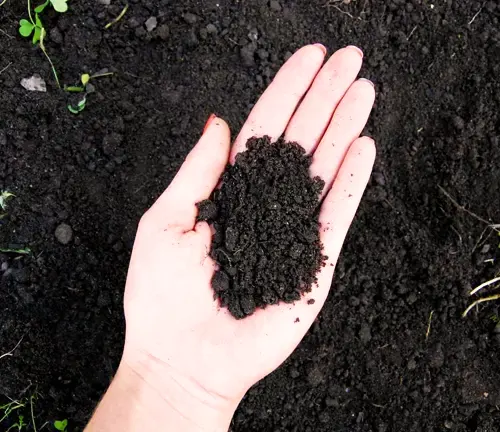
Soil Preferences
When it comes to soil preferences, Carmel almond trees thrive in slightly acidic to neutral soil environments, ideally maintaining a pH range between 6.0 to 7.5. This pH range provides an optimal balance of acidity and alkalinity that facilitates the tree’s nutrient absorption and overall well-being. By favoring soil within this pH range, gardeners can ensure that their Carmel almond trees receive the necessary nutrients for robust growth and the production of high-quality almonds.

Hardiness Zone
Carmel almonds are hardy in USDA zones 7 to 9, making them suitable for a variety of temperate climates.
Sun Preference
Carmel almond trees require full sun exposure to produce a bountiful almond crop. This means they need at least 6 to 8 hours of direct sunlight daily. Providing ample sunlight is crucial for optimal nut development and overall tree health.
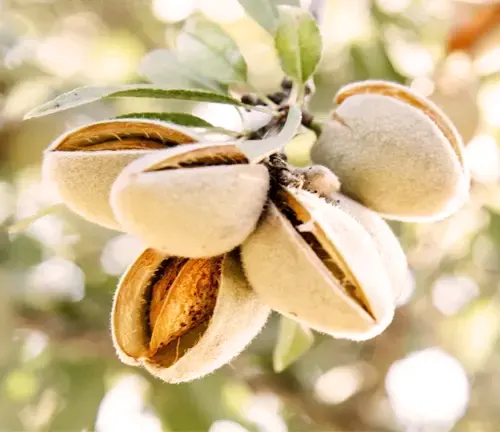
Attributes and Characteristics
Carmel almond trees boast lance-shaped green leaves that form a dense summer canopy. In early spring, they bear beautiful pink or white blossoms, attracting pollinators. The almonds they produce are small, sweet, and easily cracked due to their thin shells, suitable for snacking and cooking. As they age, the tree’s bark transforms from smooth, gray-brown to rough and darker, adding visual intrigue.
Wildlife Value
Carmel almond trees provide a valuable food source for various wildlife, including birds and squirrels, who are known to feed on the nuts. The blossoms also attract bees and other pollinators, contributing to local ecosystem health.
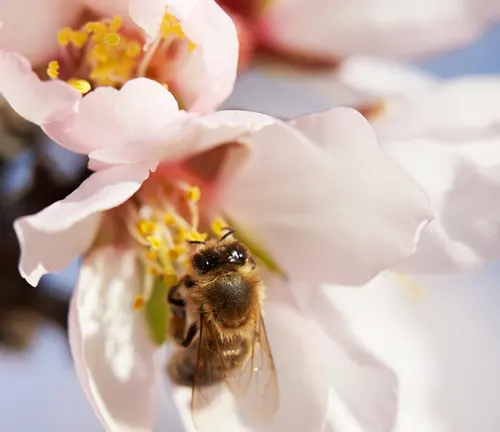
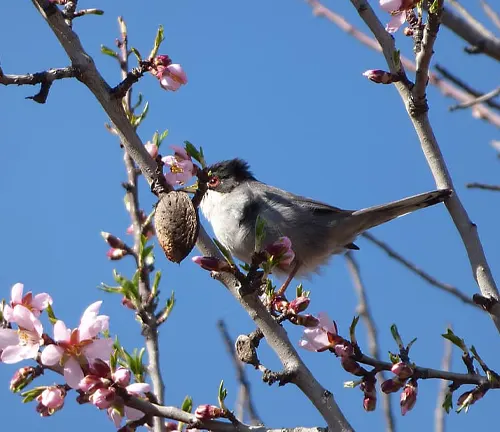
Care
Caring for Carmel almond trees involves key practices. Regular watering, especially in dry periods, is crucial for proper nut development. Annual fertilization with a balanced fertilizer supports healthy growth and almond production. Pruning during the dormant season helps maintain shape, removes dead or diseased branches, and enhances air circulation, ensuring the tree’s overall vitality and productivity.
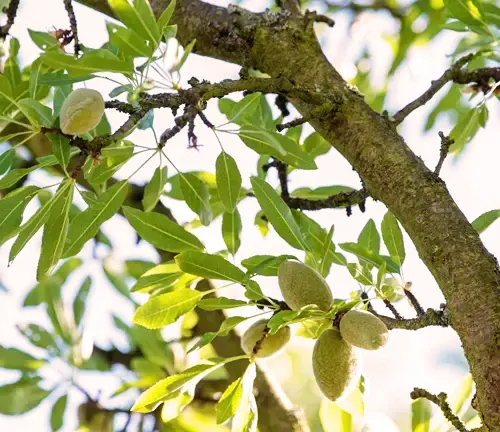
Culinary Benefits
Carmel Almond Trees offer almonds with a sweet, mild flavor, making them highly versatile in culinary applications. These almonds are perfect for baking, cooking, and snacking. They can be used to create almond milk, nut butters, and spreads. Their gluten-free nature makes them suitable for various dietary preferences, and their high-quality flavor and texture are appreciated by both home cooks and gourmet chefs. In addition to their delicious taste, Carmel almonds are nutritionally valuable, offering a wholesome option for those seeking a balanced diet.

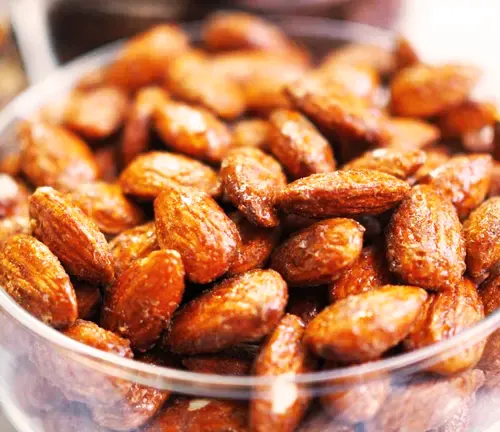
Wood Products
The Wood derived from Carmel Almond Trees (Prunus dulcis ‘Carmel’) offers a range of valuable applications. Its attractive appearance, characterized by a reddish-brown hue and distinctive grain patterns, makes it sought after for ornamental and decorative woodworking, including fine furniture, cabinetry, and ornate carvings. Moreover, barbecue enthusiasts prize Carmel Almond wood for its mild and sweet smoke flavor, using it to enhance the taste of smoked meats, especially poultry and pork. Crafters appreciate its workability and durability, fashioning items like cutting boards, utensils, and handicrafts. Woodturners find it ideal for creating bowls, vases, and spindles due to its ease of turning and finishing. While it may not be used extensively in large-scale construction, it serves well in smaller carpentry projects and can even be employed as firewood, imparting a pleasant aroma when burned. Artists and sculptors also recognize its potential for crafting unique sculptures and art pieces. In essence, Carmel Almond wood, though not a primary focus of the tree, holds a niche value in various creative and culinary domains, celebrated for its appealing aesthetics and specific properties.
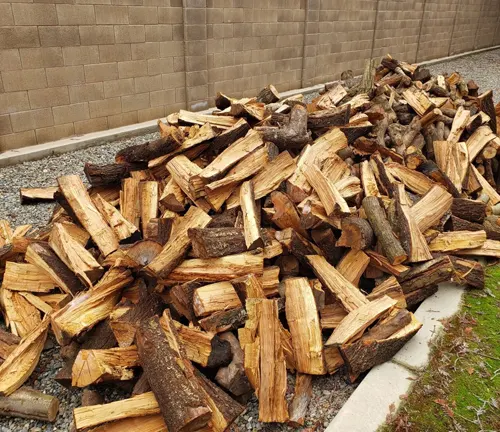

Edible or Not
The nuts produced by Carmel almond trees are edible and highly sought after for their delicious flavor.

Disadvantages
Like all almond trees, Carmel almonds are susceptible to pests such as aphids and diseases like almond leaf scorch. Regular monitoring and appropriate treatments may be necessary.
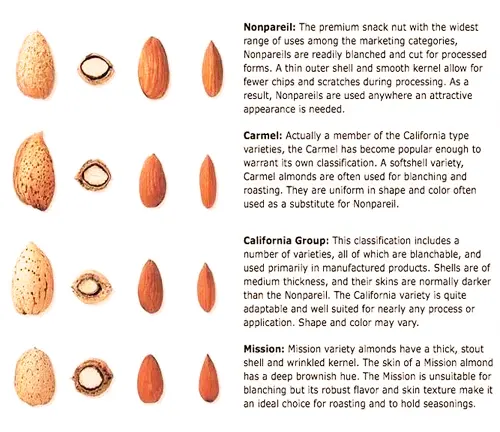
Varieties
Carmel almonds are a specific cultivar of sweet almonds. While there are other almond varieties available, Carmel almonds are particularly popular for their excellent nut quality and reliability.
Common Pests & Diseases
Carmel almond trees are vulnerable to a range of challenges. Pests such as aphids, mites, and scale insects have the potential to infest these trees, posing a threat to nut production. Additionally, Carmel almond trees, like other almond varieties, can fall prey to diseases like almond leaf scorch and fungal pathogens. To safeguard their health and productivity, diligent and regular inspection, as well as appropriate treatments, are essential for managing these potential issues.
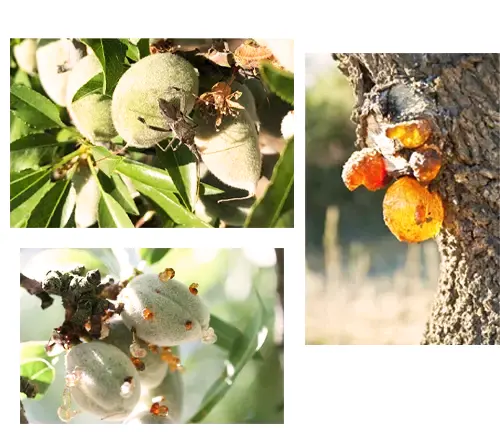
Fun Facts
- Almonds, including Carmel almonds, are not true nuts but are technically seeds of drupes, which are a type of fruit.
- California is the leading producer of almonds in the United States, with the majority of commercial almond orchards cultivating the Carmel variety.
- The almond industry in California has been an important economic contributor, with almonds being one of the state’s top agricultural exports.
Frequently Asked Questions (FAQs)
- Do Carmel Almond Trees produce different flavored almonds than other almond tree varieties?
While Carmel Almond Trees are known for producing sweet and mild-flavored almonds, the taste of almonds can vary slightly based on factors like soil composition and climate. Some almond enthusiasts believe that the specific growing conditions unique to Carmel almonds impart a distinct flavor, making them sought after by connoisseurs. - Can Carmel Almond Trees be grown in containers or as indoor plants?
Carmel Almond Trees are typically grown in outdoor orchards or gardens. However, with proper care and adequate sunlight, they can be cultivated in large containers or pots. Growing them indoors can be challenging due to their size and the need for substantial sunlight, but it is possible in very sunny and spacious indoor settings. - Are Carmel Almond Trees suitable for xeriscaping and water-efficient landscaping?
Yes, Carmel Almond Trees are well-suited for xeriscaping, which is a landscaping approach designed to conserve water. These trees have a natural drought tolerance and can thrive with minimal irrigation once established. Their use in xeriscaping can contribute to water conservation in arid regions. - Are there any unique pests or diseases that affect Carmel Almond Trees?
Like all almond trees, Carmel Almond Trees may face challenges from pests such as aphids, mites, and borers, as well as diseases like fungal infections. However, specific pest and disease management strategies may be required depending on the local climate and environmental conditions. - Can you grow Carmel Almond Trees from seeds, or is it better to use grafted saplings?
While it’s possible to grow Carmel Almond Trees from seeds, it’s generally recommended to use grafted saplings. Grafted trees ensure consistency in almond quality, disease resistance, and growth characteristics. Growing from seeds may result in more variation in these aspects and can take longer to bear fruit, making grafting a more common practice for almond cultivation.
As we conclude our exploration of the Carmel almond trees, we’re reminded of the beauty and bounty these trees bestow. With their delicate pink and white blossoms and the promise of delicious almonds, Carmel almond trees symbolize both grace and abundance. Let us carry the essence of these trees with us, celebrating the harmony between nature’s elegance and the generosity of its gifts as we bid adieu.




Leave your comment